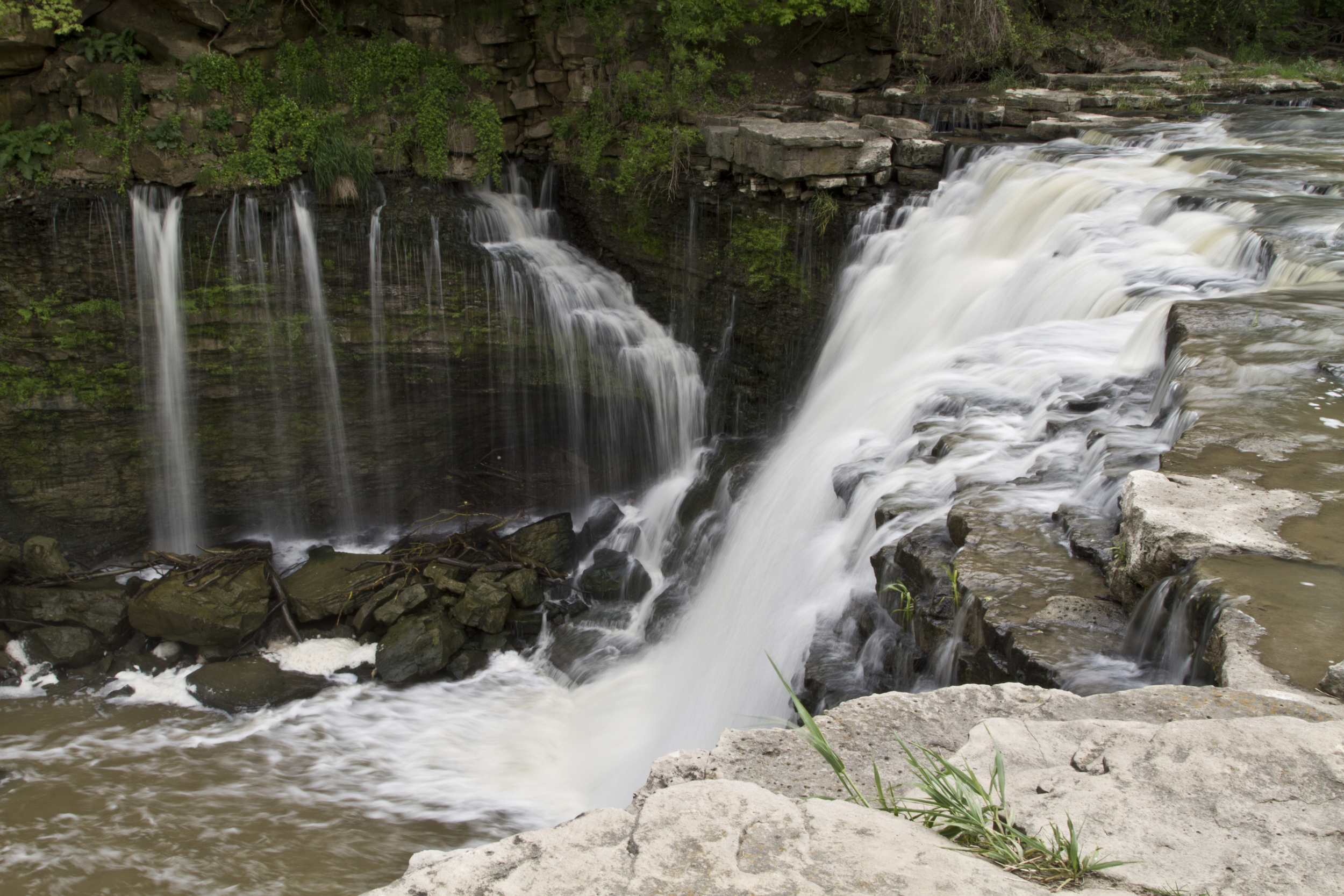

HGS RESEARCH HIGHLIGHT – Subglacial Meltwater Recharge in the Dongkemadi River Basin, Yangtze River Source Region
The paper highlighted here is about the construction of a HydroGeoSphere model to simulate groundwater recharge due to the melting of water underneath a glacier under the influence of climate change, and represents the first attempts to account for the Dongkemadi Glacier in an integrated numerical model. The study site is a 40 km2, extensively glaciated catchment in the southwest portion of the Yangtze River Basin, on the Tibetan Plateau.


HGS RESEARCH HIGHLIGHT – Analysis of drought conditions and their impacts in a headwater stream in the Central European lower mountain ranges
A new study by researchers at the University Bayreuth investigates the impact that climate change may have on drought conditions in forested catchment with riparian wetland, specifically the Lehstenbach catchment in the Fichtel Mountains of South-Eastern Germany.

HGS RESEARCH HIGHLIGHT – Dynamic Steady State in Coastal Aquifers Is Driven by Multi‐Scale Cyclical Processes, Controlled by Aquifer Storativity.
A new paper explores the effects that periodic/cyclical processes over different time scales exert on salinity distribution throughout coastal aquifers. In other words, how is aquifer salinity impacted by sea-level changes caused by tidal effects (sub-daily), storm-surges (decadal) and glaciation (millennial scale).


HGS RESEARCH HIGHLIGHT – Sources of surface water in space and time: Identification of delivery processes and geographical sources with hydraulic mixing-cell modeling
The paper highlighted this week presents a very interesting post-processing method for HydroGeoSphere models. The results of the HGS model were used as input into the hydraulic mixing-cell (HMC) approach which enables tracking and delineation of the mixing of predefined initial water sources at any location and at any time based on information from the hydraulic flow solution


HGS RESEARCH HIGHLIGHT – Transit-Time and Temperature Control the Spatial Patterns of Aerobic Respiration and Denitrification in the Riparian Zone
The paper highlighted this week introduces a novel method of implementing temperature-dependent reactions in a HydroGeoSphere solute transport model by pairing a Lagrangian flow path-reaction model to the results of a 2nd order Runge-Kutta particle tracking analysis.

HGS RESEARCH HIGHLIGHT – Finite-volume flux reconstruction and semi-analytical particle tracking on triangular prisms for finite-element-type models of variably-saturated flow
The poster highlights some very interesting research at the nexus of physics based integrated hydrologic modelling (using HydroGeoSphere) and machine learning/artificial intelligence techniques. Here the authors have paired an HGS model of the South Nation Watershed (SNW) with a Random Forest (RF) algorithm trained to predict spatially varying concentrations of nitrate and E. Coli throughout the watershed. For a completely novel approach toward large scale water quality prediction, the results were very encouraging!

HGS RESEARCH HIGHLIGHT – Predicting Watershed Scale Surface Water Quality Targets With a Combined Fully-Integrated Groundwater-Surface Water Model and Machine Learning Approach
The poster highlights some very interesting research at the nexus of physics based integrated hydrologic modelling (using HydroGeoSphere) and machine learning/artificial intelligence techniques. Here the authors have paired an HGS model of the South Nation Watershed (SNW) with a Random Forest (RF) algorithm trained to predict spatially varying concentrations of nitrate and E. Coli throughout the watershed. For a completely novel approach toward large scale water quality prediction, the results were very encouraging!
